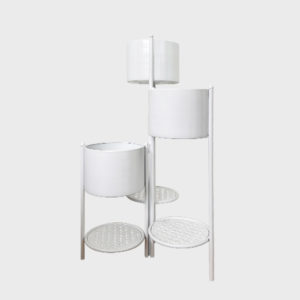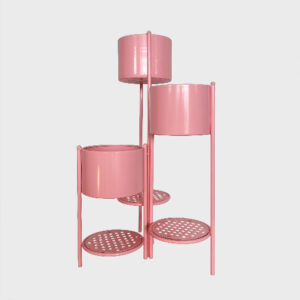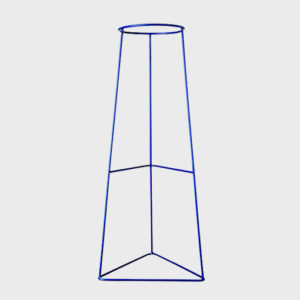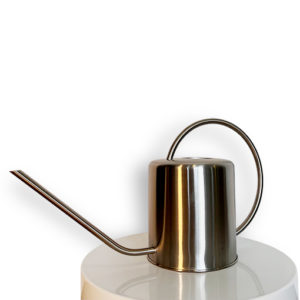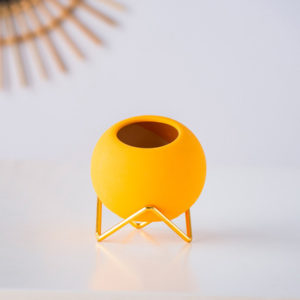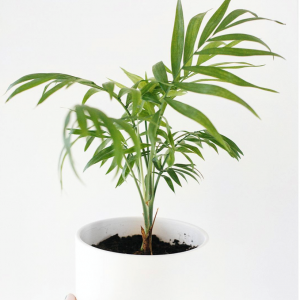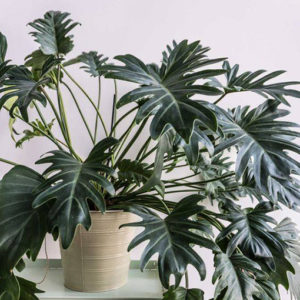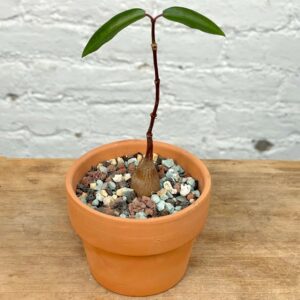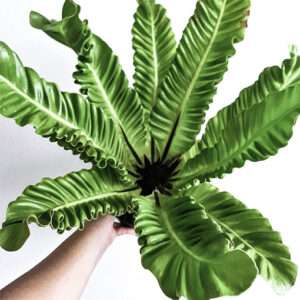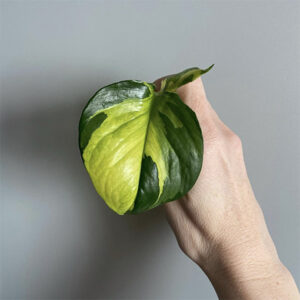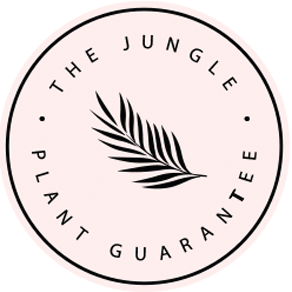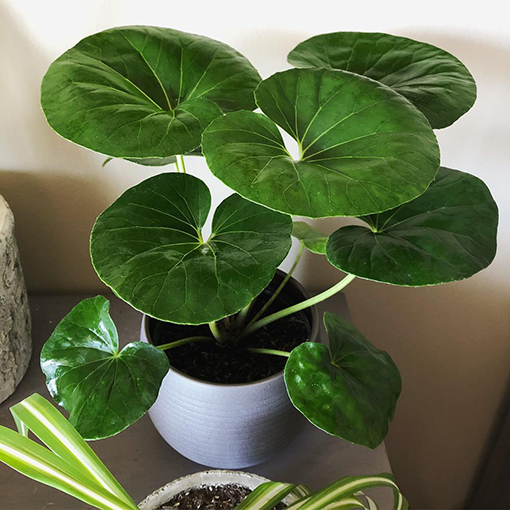
Was a plant ever more aptly named? The legendary Tractor Seat Plant (of course!). Full name Ligularia dentata reniformis, this guys such a gem you’ll be tempted to take it for a ride! 🚜☘️💃
📷: @leafy_lovelies
Where to buy a Tractor Seat Plant – Ligularia Dentata Reniformis in Australia?
Why we’re glad you asked as we do our best to have a steady supply of Tractor Seat Plant in stock.
Tractor Seat Plant Care Tip Introduction
Aptly named, the Tractor Seat Plant has lush dark green, kidney shaped leaves that are perfect for adding some charm to your Cottage or Tropical garden, being a brilliant feature along paths or you can even bring it inside as a terrific showpiece! The Tractor Seat Plant, a Native of Japan goes by a few names having recently been reclassified from Ligularia Reniformis to Farfugium Japonicum, but even its common name has multiple options also going be Leopard plant, which is particularly apt for plants with spotted variegation. The Tractor Seat Plant is immensely popular as both an outdoor and indoor plant and it’s one of our favourites too!
Tractor Seat Plant Soil & Drainage
The Tractor Seat Plant requires a rich, humus-heavy soil that is consistently moist, even wet. Grow the plant in well-draining sandy or loamy soil for the best results and large leaves. Add organic compost or leaf mold to improve water retention.
Tractor Seat Plant Lighting and Position
Tractor Seat Plants do best in bright but indirect light and do not do well in full sun where the leaves will likely wilt and the plant will languish. Save it from the harsh midday and afternoon sun and it will do best with some morning sun or dappled light, which is also true when growing it indoors. Full shade will result in smaller leaves and slower growth and not enough light is a risk when growing indoors. Outdoors it will grow best in a sheltered spot where it is not exposed to strong winds.
Tractor Seat Plant Watering
Native to the coastal areas, this perennial plant gets pretty thirsty. They require consistently moist soil to thrive. Make sure to give them a deep soaking at least once a week. Ensure that the soil does not dry out completely at any point in time as it will wilt its beautiful foliage.
Tractor Seat Plant Humidity
Tractor Seat Plants are generally treated as a Tropical Plant doing best with modest temperature fluctuations and reasonable humidity, so growing it in protected spots in the garden is best. Avoid frost where possible but has been known to tolerate fairly cold temperatures.
Tractor Seat Plant Fertilizer
This plant does not require extra feeding if growing in a humus-rich and organic medium. However, occasional feeding of a balanced liquid fertilizer once every 6 weeks will boost the growth.
We recommend using our Plant Food available here.
Tractor Seat Plant Potting and Repotting
Tractor Seat plants are suitable to be grown in containers and pots. Make sure the container has adequate drainage holes and the potting medium also drains well. Terra cotta is ideal as it lets excess moisture evaporate and keeps the soil cooler than plastic pots. Repot the plant as needed when the roots start to outgrow the container.
Tractor Seat Plant Toxicity for Pets
The Tractor seat plant is poisonous to pets and children.
Tractor Seat Plant Pests and Diseases.
Tractor Seat plants are not prone to serious pests and diseases but slugs and snails are drawn to the big juicy leaves. If slugs are an issue in your yard, one of several methods to keep them at bay is to use diatomaceous earth, which is a naturally occurring rock sediment that can be purchased as a powder.
For more information on how to manage common plant pests, head to our blog here.
Tractor Seat Plant Propagation
Propagate Tractor Seat Plants from seeds and by the division of the root ball as the plant tends to grow in clumps. If you’re using seeds for propagation, sow them in well-drained, organic rich soil and store them in a cool, dry place. Mist it daily with a spray bottle to maintain a constant moisture. Keep them in their sprouting pot until they grow to a height of 12-25cm before repotting them. By division, simply divide the root ball or take offsets, planting them in individual pots.
Tractor Seat Designer Tips
With their big iconic leaves they look fantastic along pathways where their foliage can slightly overhang the decking/paving/path where their leaves can show off in full glory against a plain background. They look particularly good up against timber decking, concrete or dark colours such as charred timber. As a mid-sized plant that can grow to about 60cm – 90cm tall they are great accompanied by ground cover plants like Dichondra Silver Falls, which gives them added pop and with larger plants behind.
Want a Tractor Seat Plant?

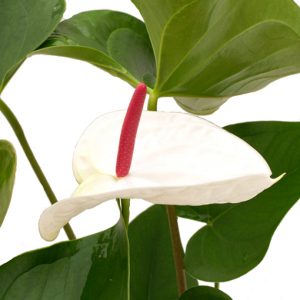 Anthurium White Heart - Anthurium andreanum 180mm
Anthurium White Heart - Anthurium andreanum 180mm
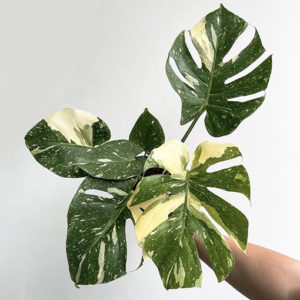 MEGA DEAL - Monstera Thai Constellation 100mm
MEGA DEAL - Monstera Thai Constellation 100mm
